|
Understanding the Difference between Laminitis and Founder In the horse world, Laminitis and Founder are often used interchangeably, but they actually mean different things. Let's break it down: Laminitis = Inflammation of the Lamina Laminitis happens when the sensitive lamina around the coffin bone gets inflamed. This includes the sensitive lamina on the front and sides of the coffin bone, as well as the solar corium on the bottom of the coffin bone. Founder = Coffin Bone Rotation Founder occurs when the coffin bone rotates or sinks within the hoof capsule. It can be a small or big rotation, but either way, it's considered foundered. Think of it like being pregnant – you either are or you aren't. Once that hoof wall connection is gone, it has to be regrown from the top down, a long process of about 8 -12 months. It's important to know that a horse can have laminitis without getting founder, and a horse can get founder without experiencing laminitis. While they often go together, it's not a strict rule. Some horses with laminitis progress to founder, but not always. Founder can also happen on it's own, over time due to too long in between trims or improper trimming - this is called mechanical founder. These horses might not show laminitis signs but may seem sore, stiff, or unsound. The great news is most cases of laminitis or founder can be healed. It's a challenging journey, but with a knowledgeable trimmer or farrier, along with some changes to the horse's diet and living conditions, recovery is possible! Understanding Founder and Hoof Healing Founder is a serious condition involving the rotation and potential sinking of the coffin bone within the hoof capsule. It can range from a slight rotation to a severe scenario where the coffin bone penetrates the sole and emerges at the bottom of the hoof. Although the goal is to avoid such extremes, the reality is that founder is a common issue observed in trimming practices. In a foundered hoof, the wall at the coronary band initially displays a healthy angle, even if only for a short distance. As it descends, there is a sudden change in angle, and the wall flares forward. Skilled trimmers and farriers can identify founder, but the degree of rotation requires diagnosis through X-rays by a veterinarian. Sometimes, a hoof wall may flare but not be foundered, this is characterized by a less abrupt angle change and often involves multiple deviations in angle. A flare is simply a stretching of the lamina, while founder is actual disconnection of the lamina. While prompt veterinary attention is crucial during a laminitic event, X-rays are equally important for foundered horses. Collaborating closely with your farrier/trimmer is essential to determine the rotation severity and trim the hoof correctly for pain relief and healthy growth. Though serious, founder is often treatable. A knowledgeable trimmer/farrier is vital, understanding the hoof condition and trimming to alleviate rotation, fostering the growth of a healthy, well-connected hoof wall from the coronary band down. Rehabilitation duration varies, spanning 8-12 months depending on severity and individual hoof growth rates. The key to a successful rehabilitation is maintaining a short toe and reducing leverage on the fragile new growth, preventing excess length that could leverage the lamina apart. A short trimming schedule, typically every 2-4 weeks based on severity, is crucial. I routinely employ this approach in rehabilitating foundered horses, and I often use glue on shoes to provide comfort and soundness during the rehabilitation process. Understanding Laminitis: A Comprehensive Insight into its Impact on Horses Laminitis is a complex condition characterized by inflammation of the sensitive lamina enveloping the coffin bone. This intricate structure involves the sensitive lamina along the front and sides of the coffin bone, as well as the solar corium beneath the bone. The sensitive lamina is a vascular layer covering the coffin bone, equipped with nerves and a blood supply. It intricately intertwines with the insensitive lamina, positioned on the inner side of the hoof wall. Unlike its counterpart, the insensitive lamina lacks a blood supply and nerves, yet its semi-rigid structure provides essential support. The interlocking connection of the sensitive and insensitive lamina acts like Velcro, crucial for maintaining the proper position of the coffin bone within the hoof. When a horse experiences laminitis, the sensitive lamina becomes swollen and inflamed. This inflammation is profoundly painful as there is limited room for expansion between the interlocked insensitive lamina. The severity of laminitis varies; a horse with mild laminitis may exhibit sensitivity when walking on hard surfaces, while severe cases may result in a distinct rocked-back stance as the horse seeks relief from inflamed lamina pressure. Swiftly reducing inflammation and relieving hoof wall pressure through trimming by a knowledgeable trimmer or farrier can often prevent the progression to founder. If left unaddressed in severe cases, the persistent pressure may lead to lamina separation, allowing the coffin bone to rotate and sink within the hoof capsule. It's crucial to emphasize that this progression is not an overnight occurrence but develops gradually, underscoring the urgency of prompt intervention to alleviate inflammation. Laminitis can be triggered by many factors, with carbohydrate overload from lush grass or sudden grain intake being the most common. Other triggers include hormonal imbalances, stress, metabolic issues, systemic conditions, and even improper trimming or repeated concussions on hard surfaces. If you suspect your horse has laminitis, call your vet ASAP, if left untreated it can lead to serious complications. Unraveling Acute Founder: Debunking the Myth In our recent posts about Laminitis and Founder, we've explored the differences and subtleties of these equine hoof conditions. Now, let's delve into the intriguing but incorrect concept of "Acute Founder." Acute Founder, often described as a rapid event - akin to an overnight occurrence, is commonly known (incorrectly) in equestrian circles. However, it's essential to clarify – this phenomenon does not truly exist. In the equestrian world, it's not uncommon for horses to undergo gradual, unnoticed founder over an extended period - this is called mechanical founder. Despite regular hoof inspections, the lack of comprehensive knowledge sometimes leads horse owners, farriers, trimmers, and even veterinarians to overlook the subtle signs of founder. This knowledge gap can be disconcerting, underscoring the need for ongoing education within the professional community. Now, how does this tie in with a scenario where a horse seemingly acutely founders after a grain binge? Let's break it down. In my experience, I've encountered horses where, on the initial visit, I identified signs of founder in their hooves. Surprisingly, these horses were actively performing daily exercises and work, exhibiting no overt signs of soreness or discomfort. Often times the horse owner doesn't understand how anything could be wrong, and chooses to disregard this information. However, dismissing this situation with an "if it ain't broke, don't fix it" mentality is a perilous choice. The consequences of neglecting this metaphorical "ticking time bomb" are substantial. The horse continues its routine, seemingly unaffected, until a day of grain indulgence/hormonal imbalance or some other laminitis trigger, rendering the horse acutely laminitic and unable to walk. When the vet is called, the horse owner, citing the horse's soundness the day before, leads to a common misdiagnosis - Acute Founder. The assumption is that founder occurred overnight due to the laminitis event, when, in reality, it had been quietly progressing for an extended period of time. Similar situations arise, such as a horse progressing well until it develops tenderness in a front hoof. When the vet is consulted, the assumption is that the founder occurred recently. These occurrences, are not rare, and they underscore the importance of understanding the timeline of founder development. While laminitis can, in some cases, lead to founder, the crucial fact is that founder does not transpire overnight. For the lamina to lose its connection and the bone to initiate rotation away from the hoof wall, a gradual process unfolds. As the lamina separate, the cells secrete a liquid form of keratin, creating a lamellar wedge that progressively enlarges over time to fill the growing void between the coffin bone and the hoof wall. As the hoof wall continues to grow, the wedge pushes the wall forward creating the extreme flare we typically associate with foundered hooves. In summary, the notion of a horse acutely foundering overnight is a myth. Founder is a gradual buildup, while laminitis, if promptly addressed, does not necessarily culminate in founder. Continuing to deepen our understanding of these intricate hoof conditions is key to promoting the well-being of our equine friends. For more information check out our
Laminitis and Founder Online Course!
0 Comments
This Arabian mare came to us in the early summer of 2022 in hopes that we could improve her comfort and hoof health. She has been foundered long term and was suffering from acute and frequent bouts of laminitis when she arrived. She was very overweight and showed the classic signs of being insulin resistant. We immediately changed her diet to low sugar hay only, and we trimmed and applied the Easyshoe Versa Grip Lights with 11 Finger Tabs. I applied these with DIM and Artimud. This is my usual favorite composite shoe package. I will be using these until her new hoof wall grows in and the sole can start developing some concavity. The shoes support the frog and digital cushion while providing protection and "artificial concavity" to the sole. The DIM provides a cushion to absorb impact and also works to keep debris from getting in-between shoe and the hoof. A thick layer of Artimud between the DIM and the hoof keep the hoof clean and fungus free. Throughout her rehab here she has been intermittently sore, but overall shows signs of improvement. We also had her tested for PPID and the results were borderline high, and inconclusive but we chose to treat with Prescend and the results have been great. Her laminitis has subsided and she is growing in connected hoof wall, which was otherwise not possible. She has also lost an incredible amount of weight and actually almost appears too skinny, though I would rather her be a tad bit underweight until her hooves grow in more connected and can better support her. September 11 2022 Video UpdateSeptember 11 2022 trim/shoeing photos
|
AuthorKristi Luehr is a barefoot trimmer/farrier, author, and founder of the Okanagan School of Natural Hoof Care. She is certified by the Canadian Farrier School as well as the Oregon School of Natural Hoof Care, and also has certification in equine massage and dentistry. Her focus is to educate owners about hoof anatomy, function and proper barefoot trimming that supports and grows healthy and functional hooves specific to each horse's individual needs. She is the author of three online courses specific to hoof care and is always striving to create more educational content for students to learn from. Archives
May 2024
|

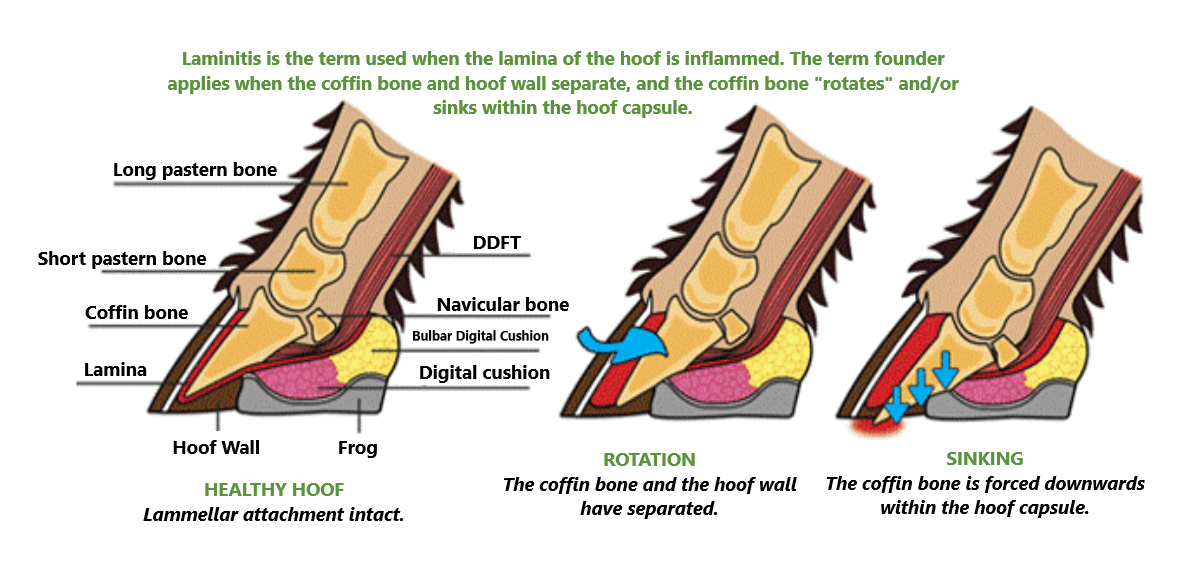
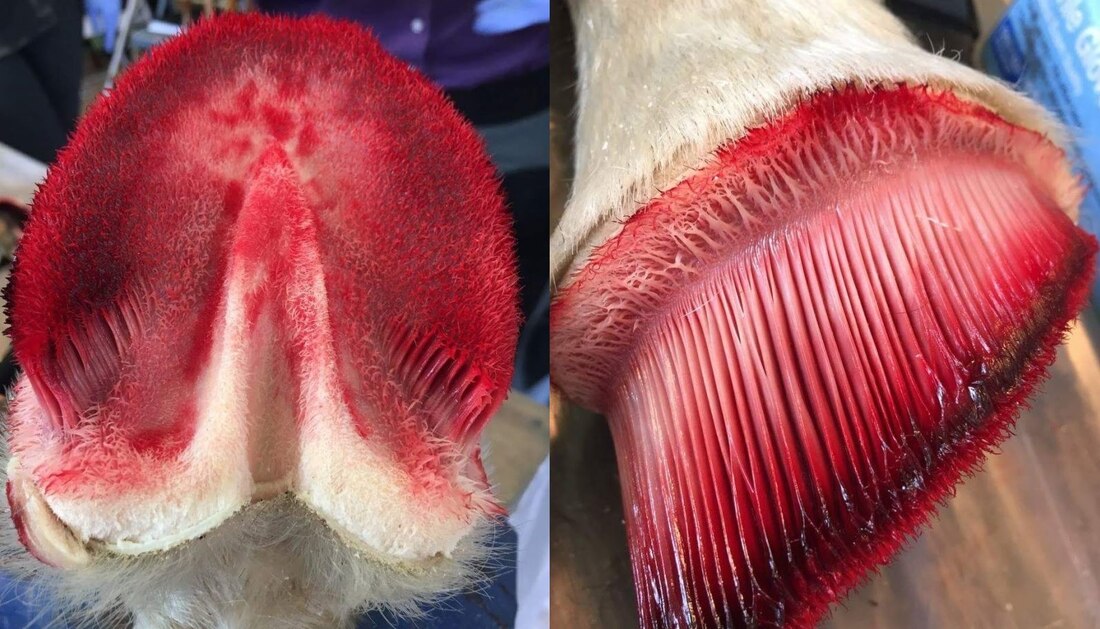
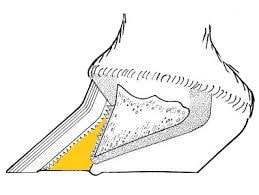
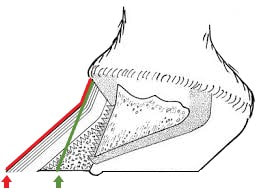
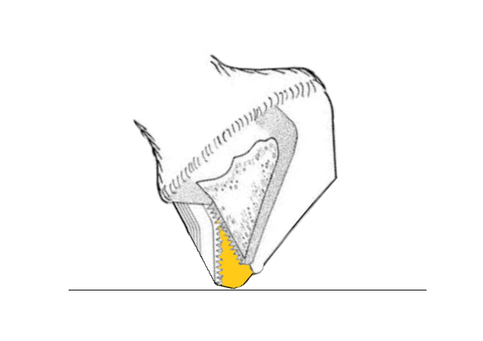
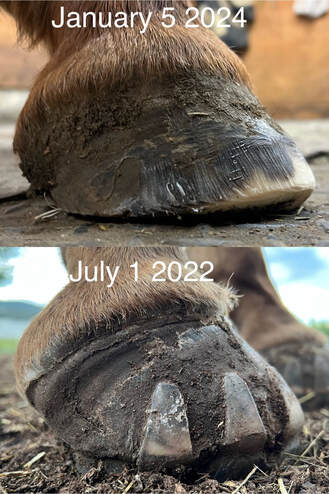
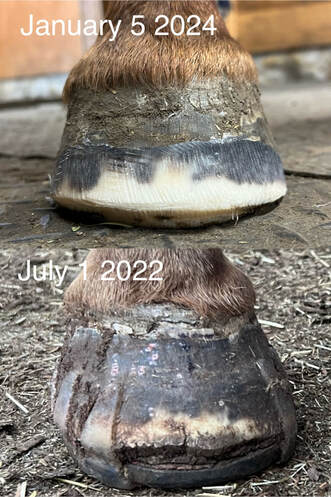
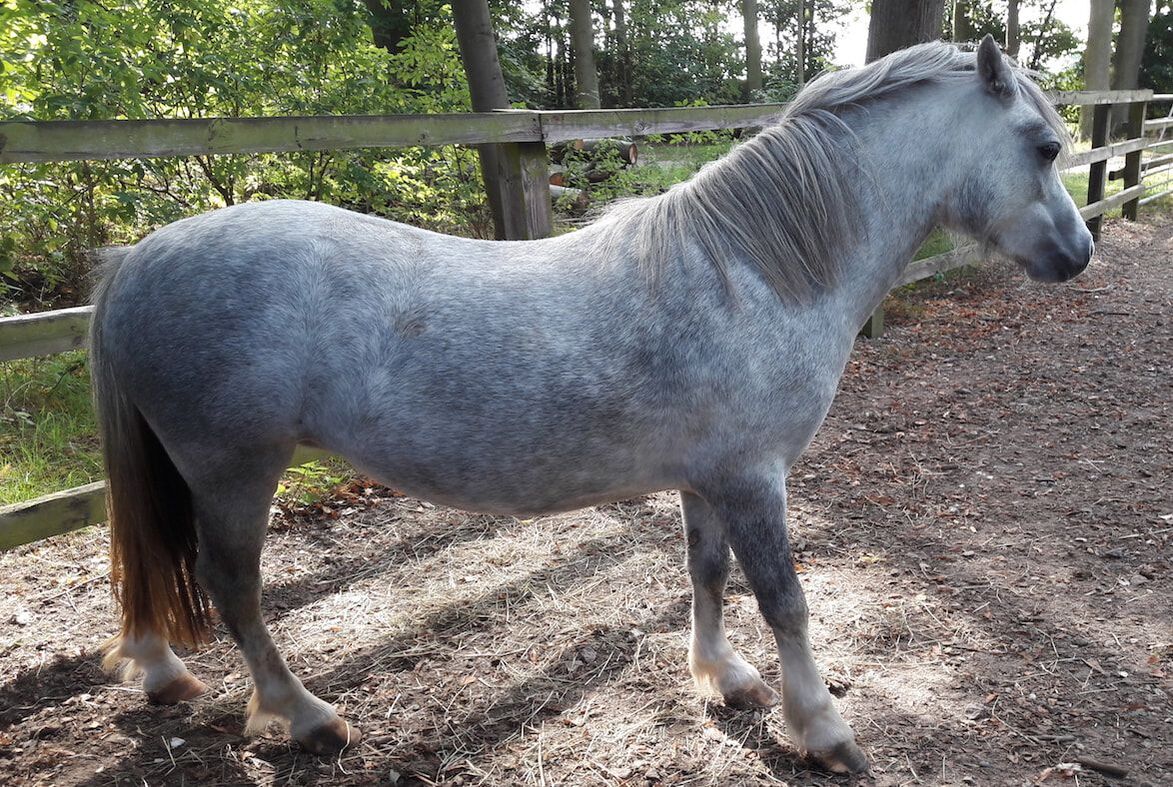
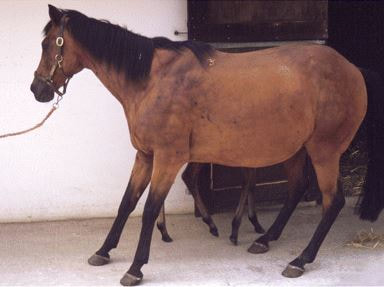
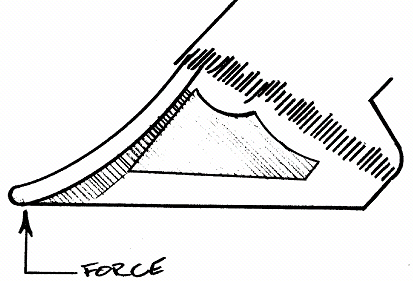
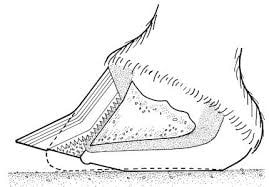
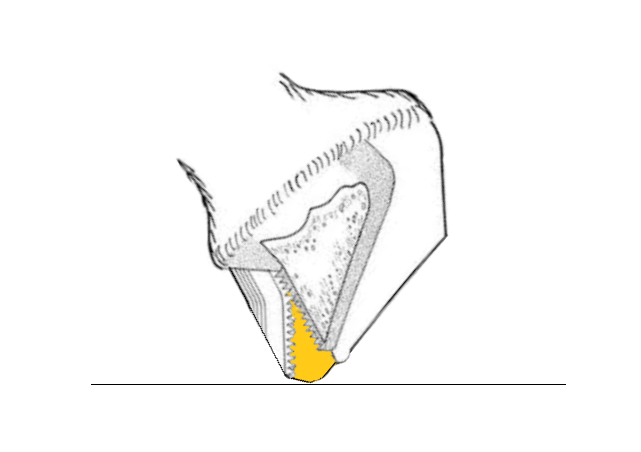
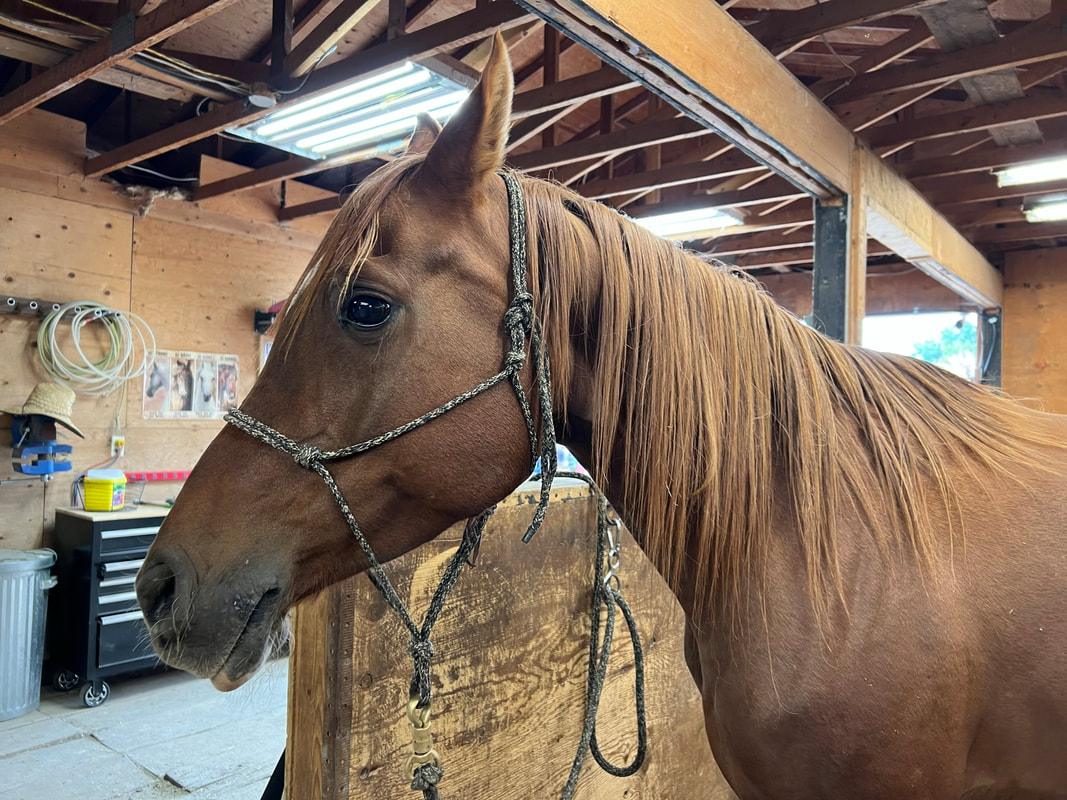
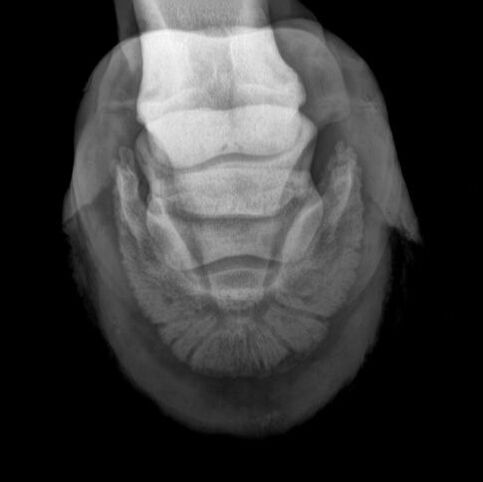
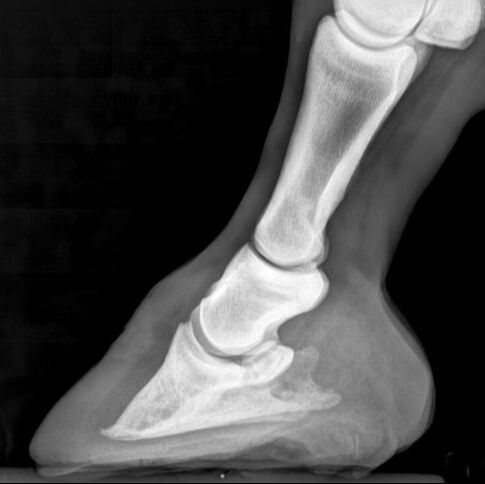
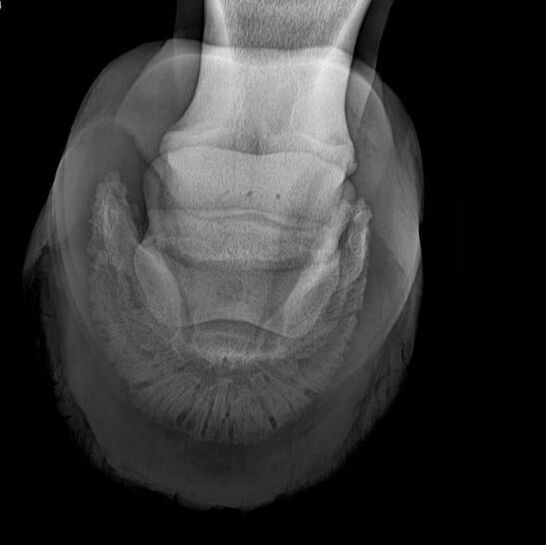
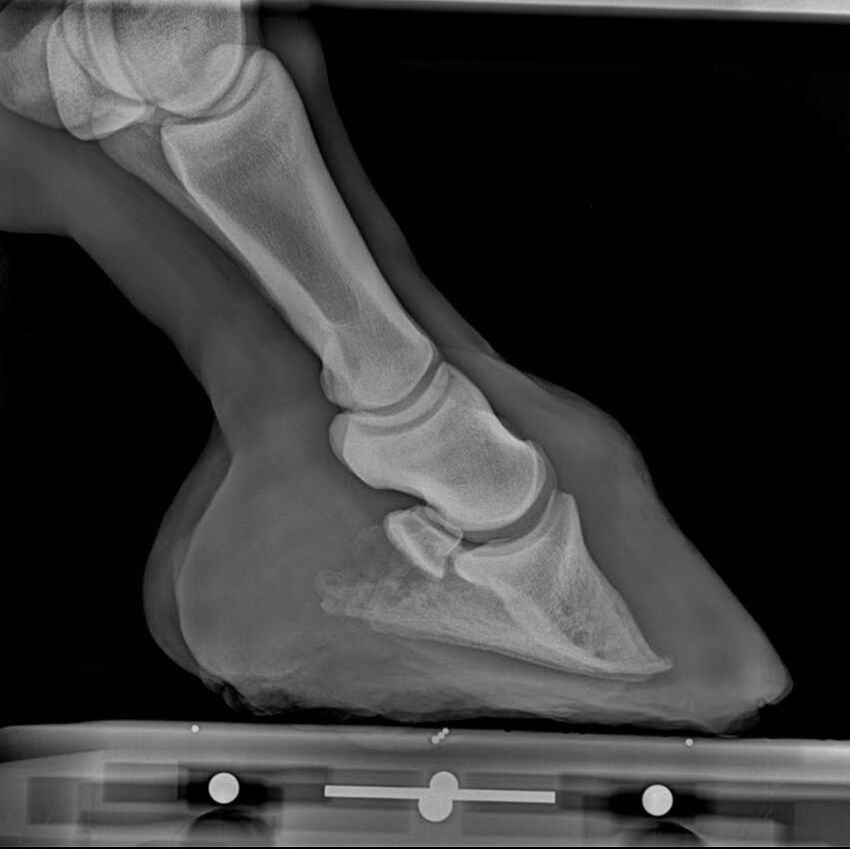

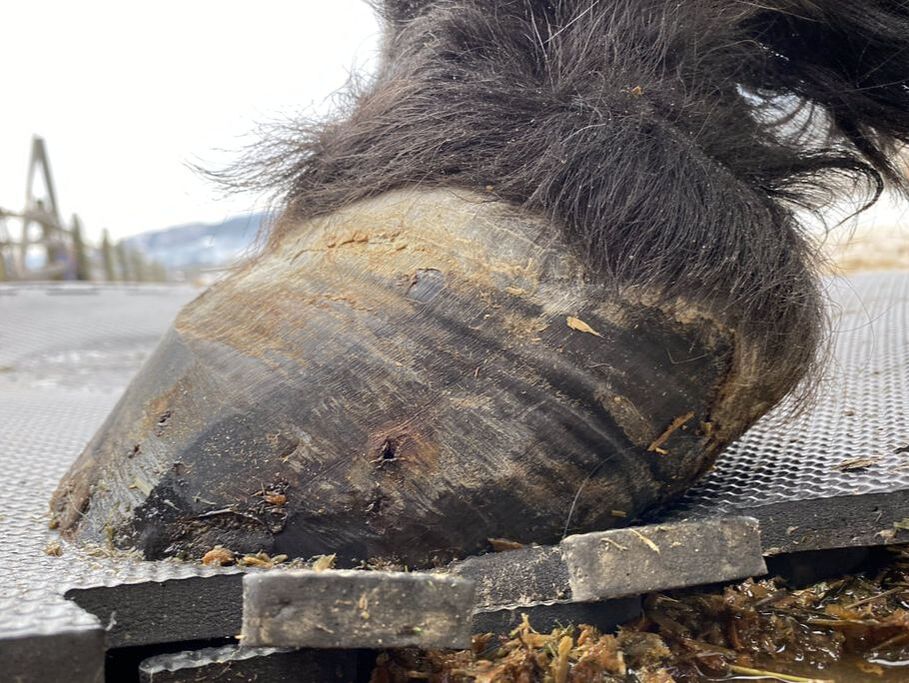
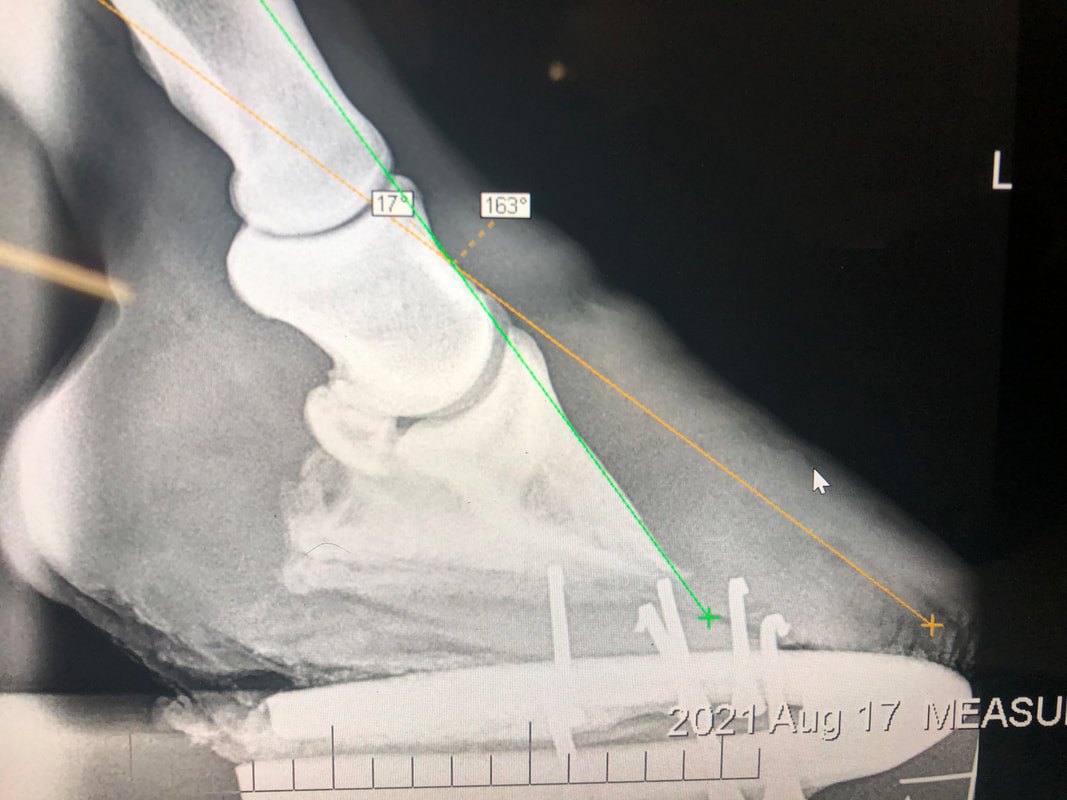
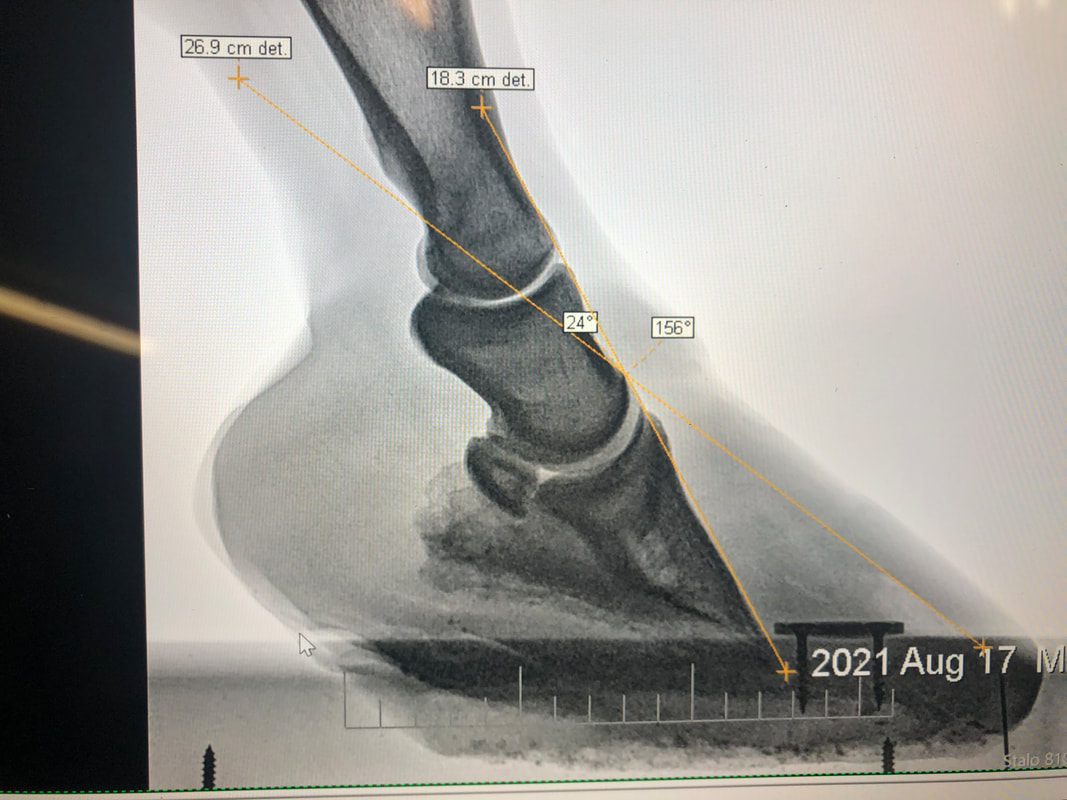


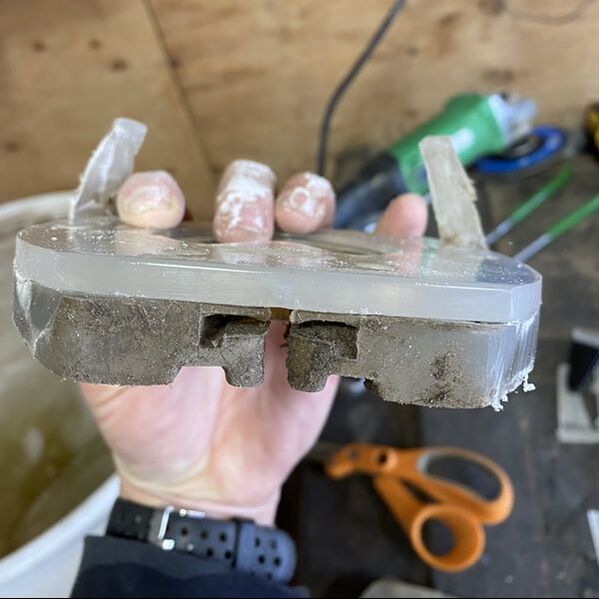

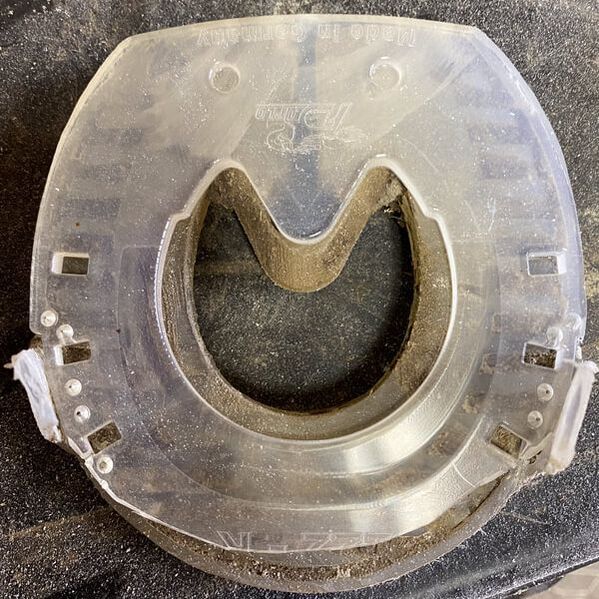
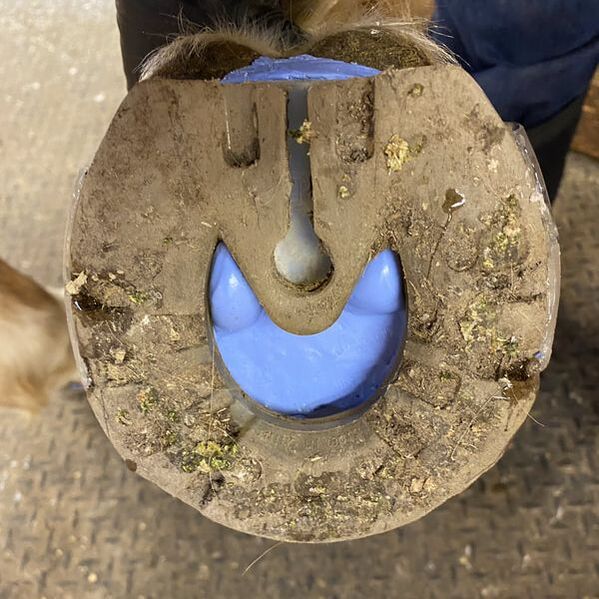
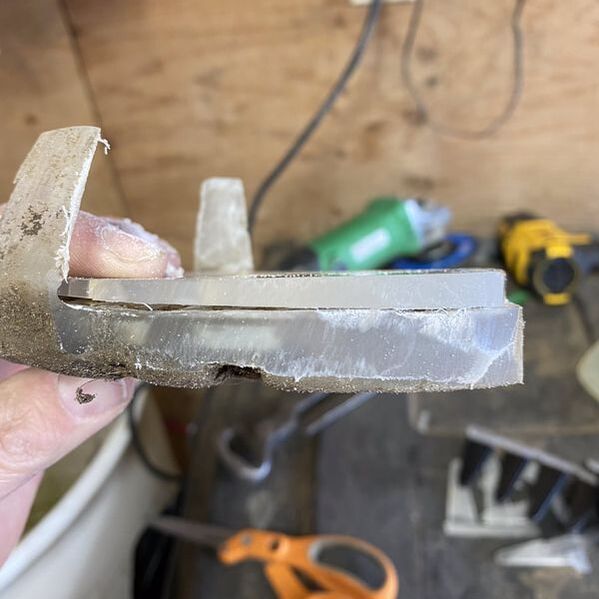
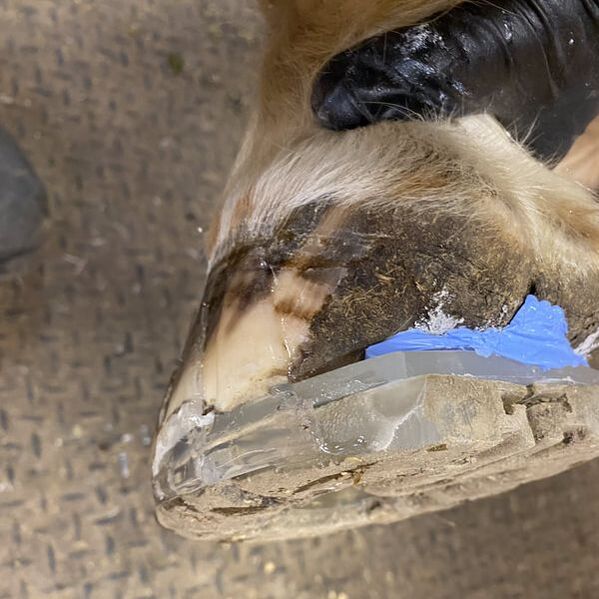


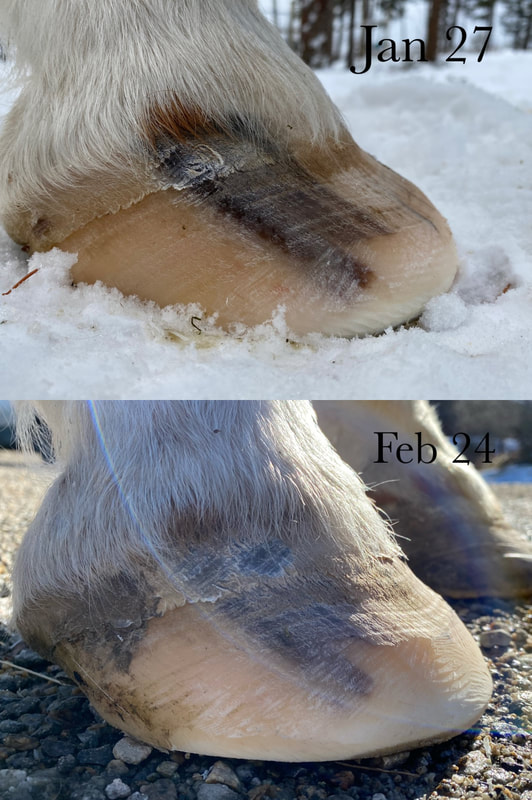

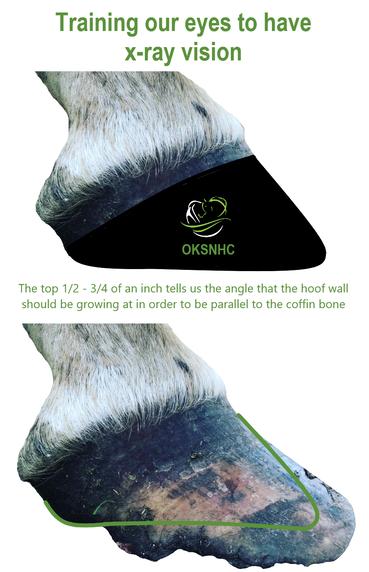
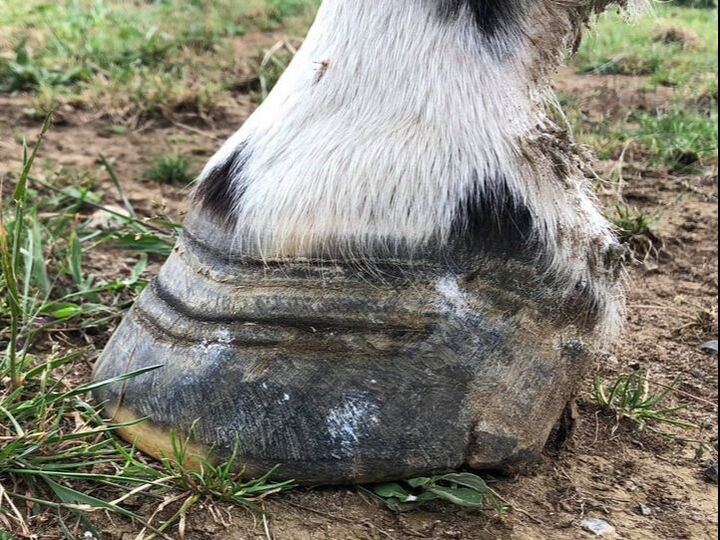
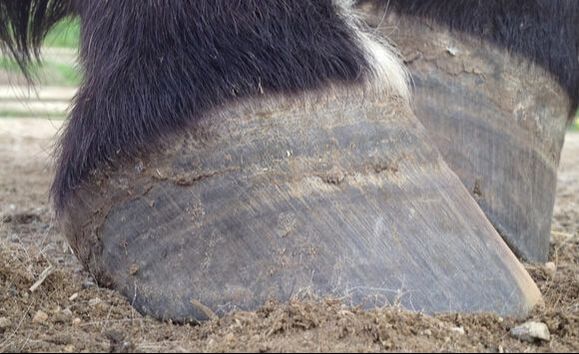
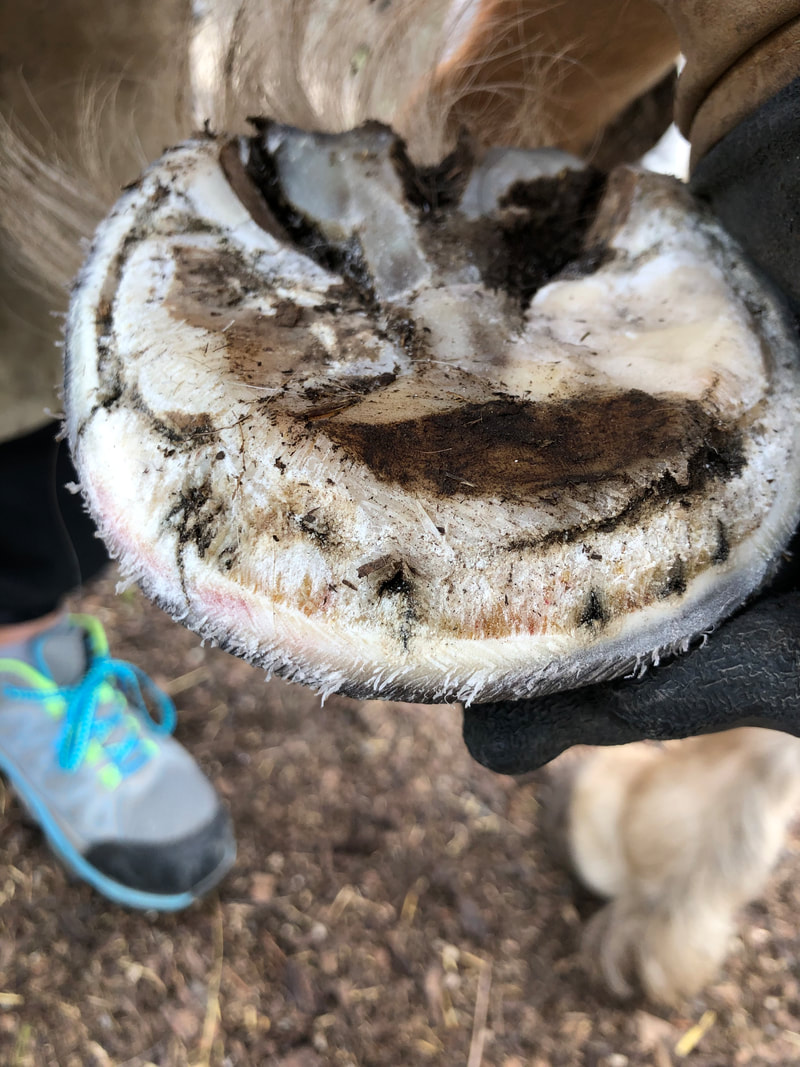
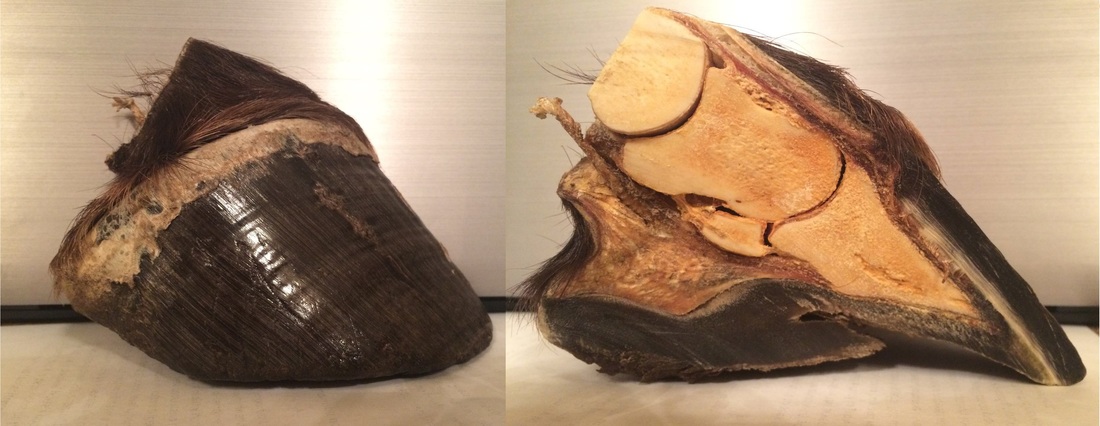
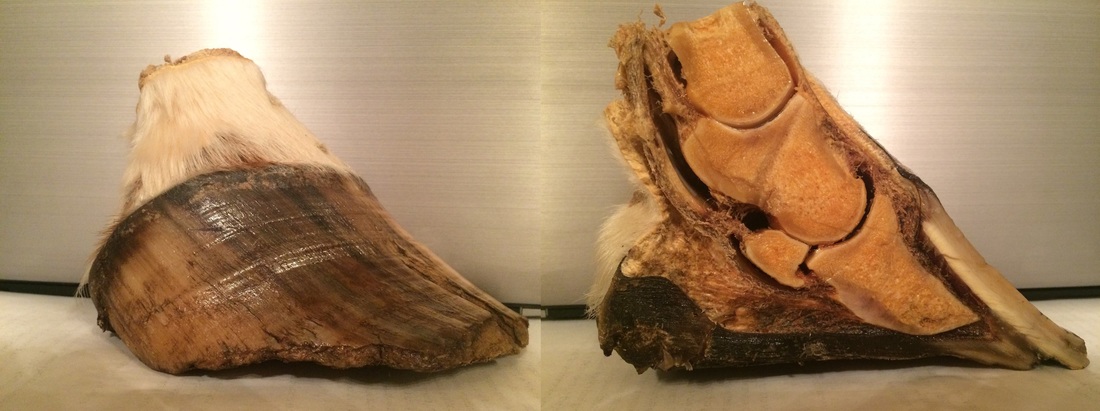

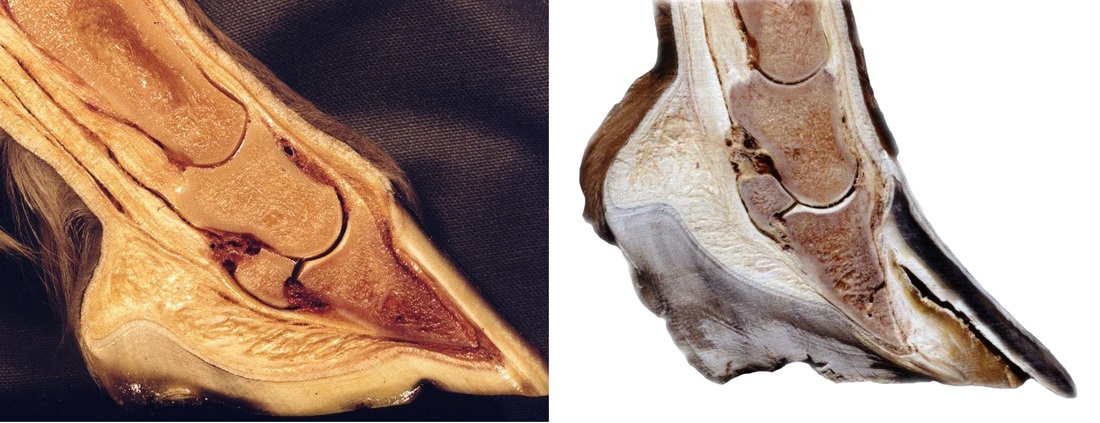
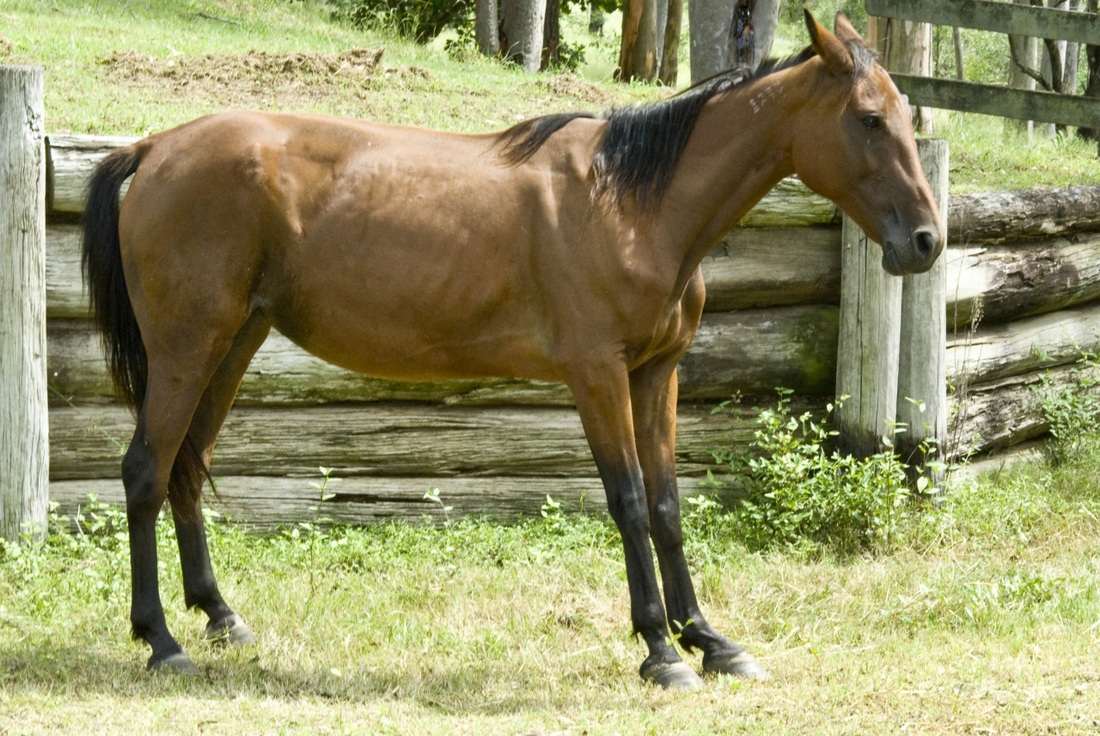
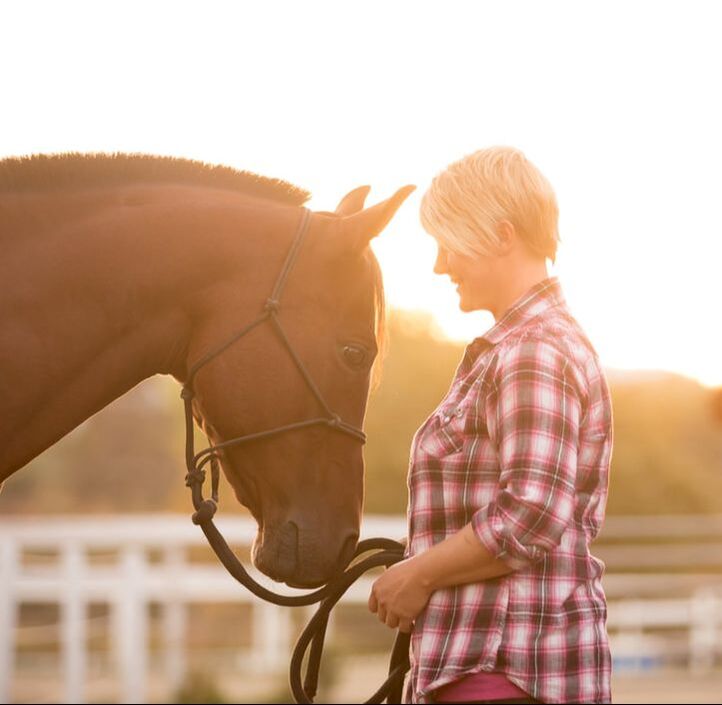
 RSS Feed
RSS Feed
